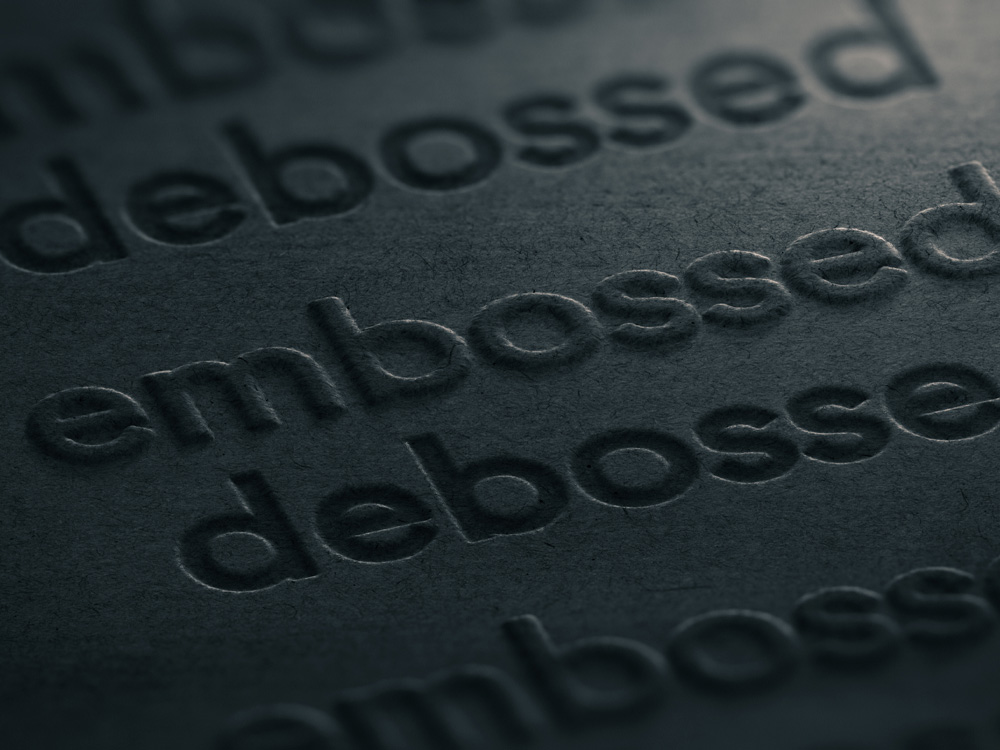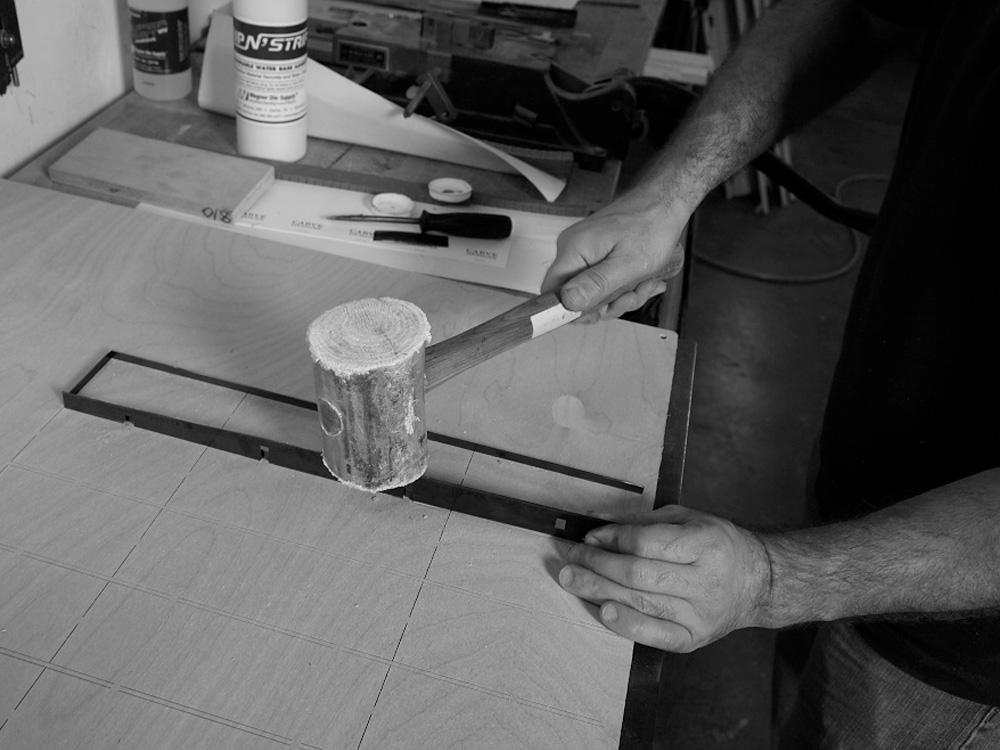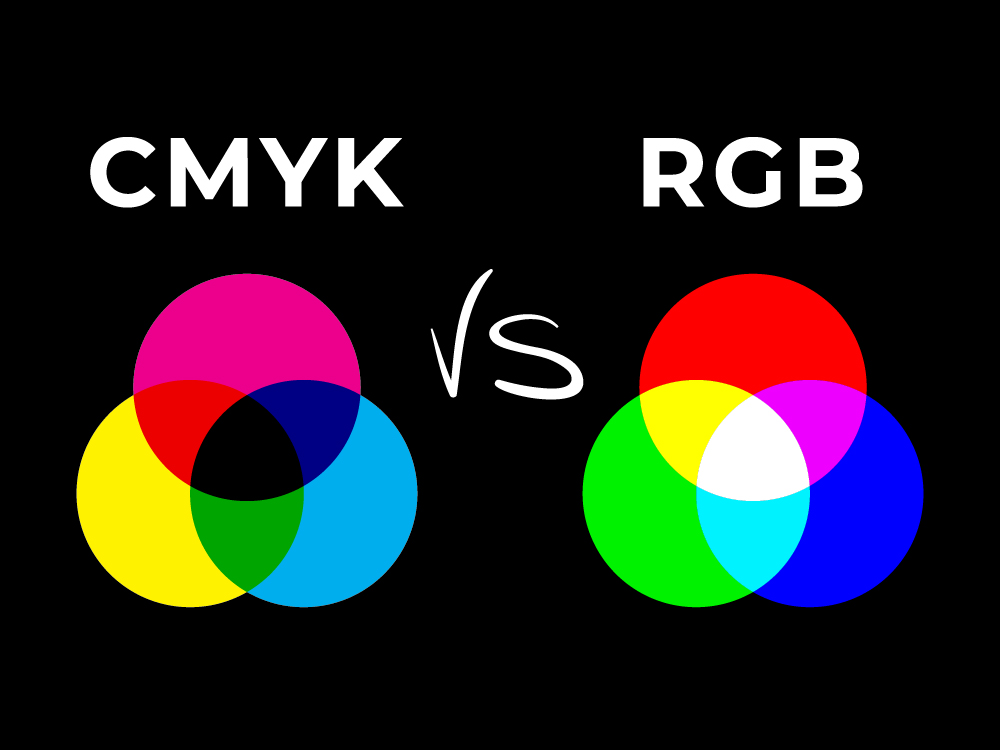Embossing refers to the process of making raised relief images into paper or cardstock, giving a three dimensional look. Embossing can be used to make raised text, logos, or other images, with the chosen design sitting slightly higher than the rest of the paper. Similarly, debossing produces a recessed image effect, with whatever design being impressed into the surface of the paper. Blind embossing is a popular choice, wherein no foil or ink is applied to the embossed design, leaving only the slightly raised image as the distinguishing visual element. For this reason, blind embossing gives a simple and elegant look that can be ideal for folders or similar printed materials.
Both embossing and debossing involve the use of a pair of metal dies – one with a raised surface and one with a corresponding recessed surface. The two dies should fit perfectly into each other like puzzle pieces. Next, a sheet of paper or cardstock is placed between the two dies and, using heat and pressure, the raised die is pressed into the recessed die. When done correctly, this combination of heat and pressure will permanently alter the shape of the paper fibers and leave a lasting embossed or debossed design.




